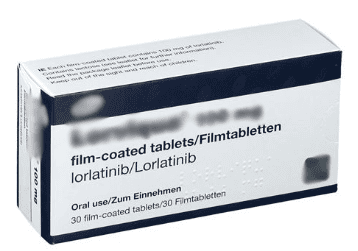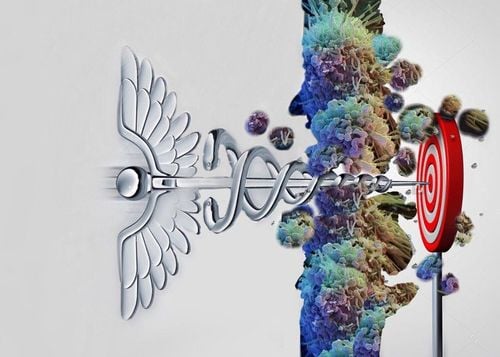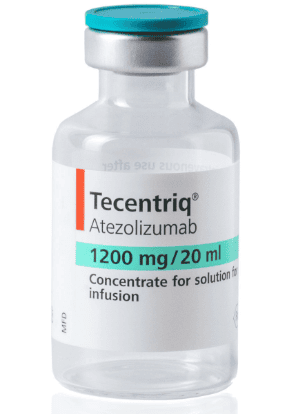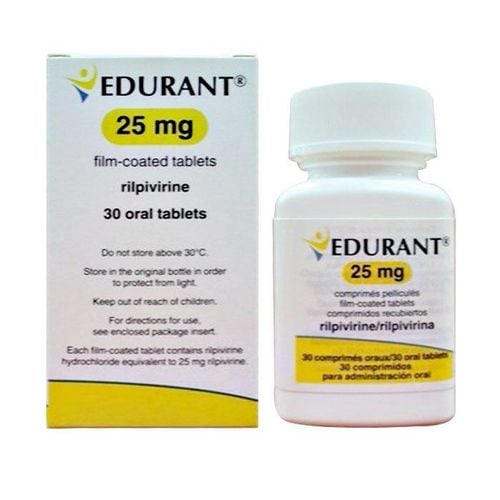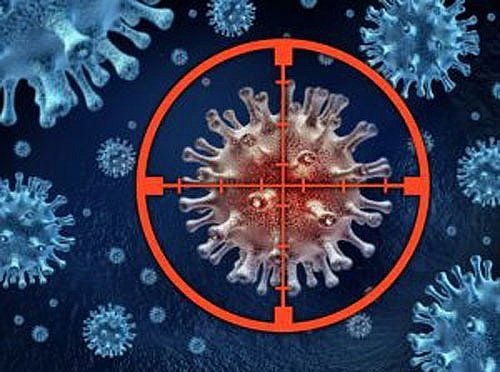This is an automatically translated article.
Currently, the use of monoclonal antibodies is considered an extremely effective cancer treatment method. Monoclonal antibodies can trigger the immune system to attack and destroy cancer cells in the body. However, some monoclonal antibody drugs sometimes cause unwanted side effects for patients.
1. Overview of monoclonal antibodies
Normally, the body's immune system attacks foreign substances by producing a large number of antibodies. The antibodies will circulate throughout the body until they find and attach to the antigen. After binding to a specific antigen, they activate other parts of the immune system to destroy cells that contain the antigen.
Now, researchers can create antibodies that specifically target a certain antigen, such as those found on cancer cells. Then, multiple copies of the antibody are made in the lab, which are called monoclonal antibodies (mAbs or Moabs).
In general, monoclonal antibody drugs are used to treat many different diseases, including some types of cancer. To create a monoclonal antibody, researchers must first identify the right antigen to attack. Finding the right antigen in cancer cells is not easy, and so far the use of monoclonal antibody drugs has been shown to be more effective against some cancers.
Besides, some monoclonal antibodies are also being used to treat cancer, also known as targeted (or targeted) therapy. In this approach, monoclonal antibodies target a specific target on the cancer cell and then attack it. While other monoclonal antibodies act as immunotherapy, helping the immune system respond better to allow the body to find and attack cancer cells more effectively.
Monoclonal antibodies are inherently human-made proteins in various ways, including:
Murine monoclonal antibodies: Made from mouse protein and the names of Murine monoclonal antibody treatments available suffix is omab. Chimeric monoclonal antibodies (mosaic): These proteins are a combination of parts from mice and humans. The names of the mosaic monoclonal antibody treatments are suffixed with ximab. Human monoclonal antibody: Made from small portions of mouse protein bound to human proteins. The names of human monoclonal antibody treatments have the suffix zumab. Fully Human Monoclonal Antibodies: Made from human proteins and the names of treatments for these monoclonal antibodies are suffixed with umab.
2. Monoclonal antibody drugs used in cancer treatment
Below are the commonly used monoclonal antibody drugs in the treatment of certain forms of cancer.
2.1. Naked monoclonal antibodies (Naked mAbs) Naked monoclonal antibodies are antibodies that do not bind to drugs or radioactive substances, and instead act on their own. These are the most common types of mAbs used in cancer treatment. Most naked monoclonal antibodies bind to antigens on cancer cells, however some mAbs work by binding to antigens on non-cancerous cells or even free-floating proteins. . Bare mAbs can work in a variety of ways, including:
Some bare mAbs enhance the body's immune response to fight cancer cells by attaching to them and acting as a marker Helps the immune system destroy cancer cells. For example, the monoclonal antibody drug alemtuzumab (Campath ®) is commonly used to treat certain patients with chronic lymphocytic leukemia (CLL). Alemtuzumab will bind to the CD52 antigen - found on lymphocytes (including white blood cells), then the antibody will attract immune cells to destroy these lymphocytes. Some bare mAbs enhance the body's immune response by targeting key points of the immune system. Other naked MAbs work primarily by binding to and blocking antigens on cancer cells or other nearby cells. For example, the antibody trastuzumab (Herceptin) works against the HER2 protein, which is commonly found on the surface of breast or stomach cancer cells. When HER2 is activated, it helps cancer cells grow. When the monoclonal antibody Trastuzumab is used, it binds to the HER2 proteins and stops them from working.

Có nhiều thuốc kháng thể đơn dòng được sử dụng để điều trị ung thư.
2.2. Conjugated mAbs Conjugated monoclonal antibodies are used in combination with a chemotherapy drug or a radioactive compound to deliver these substances directly to cancer cells. . The monoclonal antibody circulates throughout the body until it finds and binds to the target antigen. It then delivers the toxic substance where it is needed most. This helps reduce the bad effects of cancer treatments on normal cells in the body. Specifically:
Radiolabelled antibodies: These are antibodies that are bound to small radioactive particles, such as Ibritumomab tiuxetan (Zevalin). This is an antibody against the CD20 antigen, which is found on B lymphocytes. Antibodies will deliver radioactive particles directly to cancer cells. Chemically labeled antibodies: These mAbs are bound to powerful chemotherapy drugs, such as Brentuximab vedotin (Adcetris), an antibody that targets the CD30 antigen (found on lymphocytes) attached to the chemotherapy drug MMAE. Or Ado-trastuzumab emtansine (Kadcyla, also known as TDM-1), is an antibody that targets the HER2 protein, which binds to the chemotherapy drug DM1. 2.3. Dual-specific monoclonal antibodies Dual-specific monoclonal antibodies are made up of parts of 2 different mAbs, meaning they can bind to 2 different proteins at the same time. For example, Blinatumomab (Blincyto), a monoclonal antibody used to treat certain types of leukemia. A portion of Blinatumomab binds to the CD19 protein commonly found in some lymphoma and leukemia cells. The rest will bind to the CD3 protein normally found on T cells. By binding to these two proteins, Blinatumomab can bring immune cells and cancer cells together, helping the system The body's immune system destroys cancer-causing cells.
3. What side effects can monoclonal antibodies cause?
Monoclonal antibody drugs are often given intravenously in cancer patients. Since antibodies themselves are proteins, their introduction into the body can sometimes cause allergic-like reactions. This condition is more common the first time a patient receives a monoclonal antibody drug. In addition to allergies, the use of monoclonal antibodies can also cause the following side effects:
Fever. Tired. Chills. Headache . Nausea. Vomiting. Rash. Low blood pressure . Compared with some chemotherapy drugs, naked monoclonal antibodies (bare mAbs) are less likely to cause serious side effects. Some mAbs can have side effects related to the antigens they target, such as:
Bevacizumab (Avastin): A monoclonal antibody that targets VEGF, a protein that affects the development vascular growth of the tumor. The use of Bevacizumab can cause side effects such as bleeding, high blood pressure, delayed wound healing, kidney damage, or blood clots. Cetuximab (Erbitux): A monoclonal antibody that targets EGFR, a protein found on normal skin cells and cancer cells. Cetuximab can cause a serious rash in some cancer patients. In summary, monoclonal antibody drugs are used to treat many different diseases, including some types of cancer. To create a monoclonal antibody, researchers must first identify the right antigen to attack. Finding the right antigen in cancer cells is not easy, and so far the use of monoclonal antibody drugs has been shown to be more effective against some cancers.
Please dial HOTLINE for more information or register for an appointment HERE. Download MyVinmec app to make appointments faster and to manage your bookings easily.
References: Cancer.org, Cancer.gov



